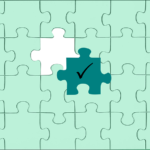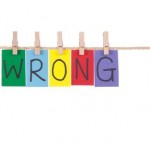Value, like beauty, is in the eye of the beholder.
The value of the debtor’s stuff is colored by their ownership. Get a truer value by asking the client to imagine buying a replacement, just like the one he owns now.
Clients cling to old or comfortable ideas of what their personal property is worth. Time after time these days, clients will give me the blue book value for a gas guzzling SUV, when I know, and they concede if challenged, that SUV’s are a drug on a glutted market.
When challenged, they agree that you couldn’t sell it for their stated value today, but it is still “worth” that in their minds.
This may be a situation where the drafters of BAPCPA had a better idea: they said value is determined by looking to what the debtor would pay a retail merchant of such goods for a like item. (I expect you to remember that, once, I said something that wasn’t acid about the drafters.) Yet I’ve continued to ask clients what they could sell the stuff they now have for; that bypasses all the push back about “I don’t know”, and “who sells this stuff”.
The last time this happened, and I got what I suspected was a pie-in-the-sky value for a used piece of construction equipment, I asked the client what they would have to pay in this market to get another one, just like the one he had.
Bingo! the client knew that lots of contractors were out of business and the market was real soft for construction equipment. Somehow, it was easier for the client to put a realistic, market sensitive value on the chipper truck if we were talking about one someone else currently owns, instead of the one he owns.
Welcome to the world of human beings.
Image courtesy of zanastardust.








